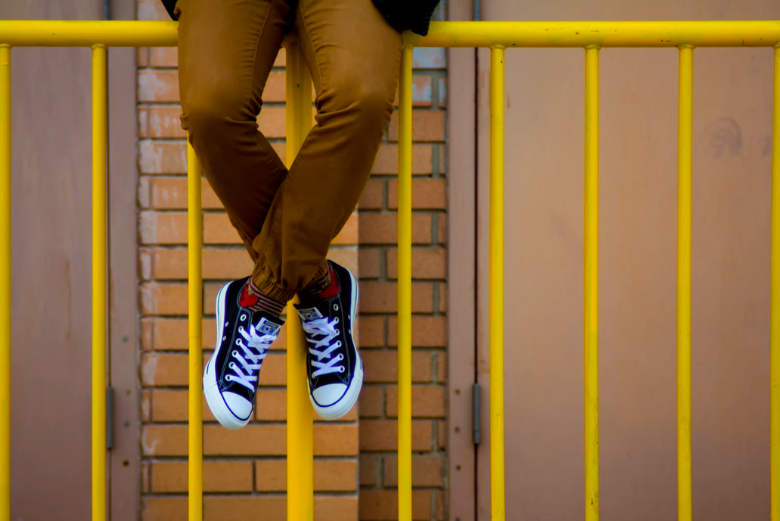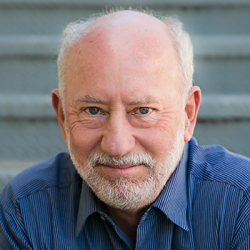
In the past six months I’ve gotten several emails from parents asking where to find schools that use Project Based Learning. That never used to happen; it’s another sign that PBL is making headway as a more widely known and effective way to learn. These parents’ kids were happy and doing well in a school that emphasized PBL, so the family wanted to find a similar school when they moved to another city or state. It’s kind of like what we say about teachers who successfully implement PBL: once they do, it’s hard to go back to traditional instruction.
Similarly, the schools and districts the Buck Institute partners with often ask us where their PBL steering committee could visit to see PBL in action. They may have seen films like Most Likely to Succeed, watched videos on our website, heard inspiring presentations at conferences, and read persuasive articles, blogs, and books, but knew there was nothing like seeing students and teachers in the flesh experiencing PBL. Some of them visited PBL schools when they were exploring the idea, became convinced, then contacted us.
Here’s what I would advise parents and educators to look for when evaluating a school’s practice of PBL...
General Tips
- Talk with students and teachers and perhaps parents, not just administrators (who, bless their hearts, have sometimes been known to over-sell).
- Ask about specific examples of projects and ask to see samples of student work.
- Walk around the campus and visit classrooms to get a feel for the culture. Does it feel different from traditional schooling? Is there an energy you can sense? Is students’ project work displayed on the walls or are there other visible signs that a healthy PBL culture is promoted?
Questions to Ask
About the extent to which PBL is used...
- Does it seem like the school is serious about PBL, or paying lip service because they know it’s trendy?
- Is PBL used all subjects and grade levels? Or is it only in certain classrooms, in maker spaces and genius hours, career/tech courses, etc.?
- Do all students have access to PBL? Or is it only for gifted and talented students or those enrolled in a special program?
- How many projects do students experience per year? (If it’s only one, see above question about lip service. If it’s only two, ask if they have a formal and agreed-upon plan for expanding its use.)
About the quality of PBL...
- Are projects seen as the “main course” through which important content and skills are taught, or are they “dessert” or “side dish” assignments?
- Are projects rigorous or only “fun”? Do projects reflect, at least to some extent, the features of Gold Standard PBL?
- How is technology integrated into projects?
- Are projects authentic? Do students solve real-world problems and connect with real-world experts, the local community, and outside organizations?
- How do teachers and the school handle some of the challenges of PBL, such as working in teams, assessment and grading, and unmotivated students?
About school, district, and parent/community support for PBL...
- Have school and district leaders created the conditions for PBL to thrive, such as providing adequate resources and collaborative planning time for teachers, longer class periods or flexible time for projects, and PBL-friendly policies around assessment and evaluation? Or does it feel to teachers like there are still many barriers in the way of their using PBL?
- How much and what kind of professional development is provided for teachers? Who provides the professional development and is it high quality? Is there a shared model of PBL, or do teachers design projects in any way they want (which might be fine, but could result in uneven quality)?
- What technology is used to support the use of PBL? (For example, do teachers use a shared online system for managing projects?)
- How are parents involved in projects (and not just as an audience for student presentations)?
- Does the school have partnerships with the local community and outside organizations as project resources for teachers and students?
Suggested PBL Schools
PBL has been well-established in schools that belong to the Deeper Learning Network. Visit their websites to find out where their schools are located. These are wonderful, inspiring places, although I’d offer a word of caution for visitors from “regular” public schools: don’t be scared off of PBL because the school seems so different and hard to imagine for yourself. You could join their network and adopt their whole-school model, but you could also decide to work toward their ideal with a more gradual implementation plan for PBL.
I’ve also listed schools and districts the Buck Institute has partnered with. I have not listed (yet) all the many charter schools and magnet school programs where you often find good PBL programs. I should note that there are also many independent/private schools that feature PBL—too many to list, but well known in their area as beacons of progressive education. Also please note that this is only a partial list, not the result of an exhaustive survey on my part, so forgive ommisions and let me know if you have suggestions!
PBLWorks Partner Schools and Districts
- Bismarck Public Schools – North Dakota
- Metro Nashville Public Schools – Tennessee
Stratford STEM - a 5-12 building
Smith Springs Elementary - Loudon County Public Schools – Virginia
Belmont Station Elementary School
Rosa Lee Carter Elementary School
Sanders Corner Elementary School
Madison's Trust Elementary School
Liberty Elementary School
Aldie Elementary School
Blue Ridge Middle School
JL Simpson Middle School
Trailside Middle School
Harmony Middle School
Freedom High School - Texarkana Arkansas School District – Arkansas
- Hawai’i Public Schools – Hawai’i
SEEQS Middle School
Innovation Charter School
Malama Honua
Deeper Learning Network
- High Tech High (San Diego, CA area; includes elementary and middle schools)
- New Tech Network (many schools around the U.S.; mostly high schools but some middle and elementary)
- EL Education (many schools around the U.S; all grade levels)
- Envision Education (high schools in San Francisco Bay Area)
- Big Picture Learning (several high schools around the U.S.; program emphasizes internships)
- EdVisions (high schools around the U.S.; highly personalized PBL program)
Miscellaneous Schools – added since this was first posted
- Katherine Smith Elementary School – California
- Hillel Day School of Metropolitan – Michigan
- Ann Arbor STEAM K-8 School – Michigan

